Aquatic Invertebrates
Media
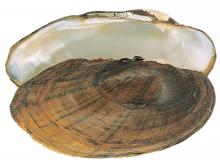
Species Types
Scientific Name
Lampsilis siliquoidea
Description
The fatmucket was a favorite species harvested for the button industry in the early 1900s.
Media
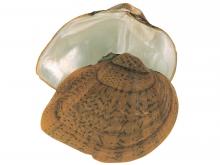
Species Types
Scientific Name
Truncilla truncata
Description
A common mussel in some areas, deertoe have decorative green markings.
Media
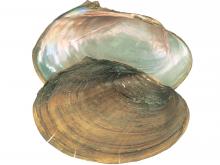
Species Types
Scientific Name
Leptodea fragilis
Description
A widespread mussel that relies on freshwater drum as host fish for the developing young.
Media
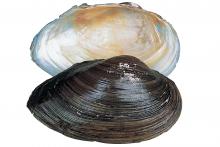
Species Types
Scientific Name
Pygandon grandis
Description
When a floater dies, this large mussel with a thick shell will actually rise to the water surface and float as it decays.
Media

Species Types
Scientific Name
Quadrula quadrula
Description
The mapleleaf spawns in the summer, using catfish as a host.
Media
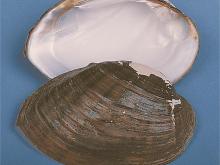
Species Types
Scientific Name
Actinonaias ligamentina
Description
One of the most widespread and numerous mussels in southern Missouri.
Media

Species Types
Scientific Name
Utterbackia imbecillis
Description
Unlike most other freshwater mussels, this species is hermaphrodic: An individual mussel can be both male and female.
Media

Species Types
Scientific Name
Quadrula pustulosa
Description
While the pimpleback is usually bumpy, some individuals are perfectly smooth.
Media

Species Types
Scientific Name
Tritogonia verrucosa
Description
Shaped like a checkered gunstock, with its unique, turned-down edge, pistolgrips are easy to identify.
Media

Species Types
Scientific Name
Lampsilis cardium
Description
The plain pocketbook is one of the most common and widespread mussels in our state. It is oval, relatively large, and occurs frequently.
See Also
About Aquatic Invertebrates in Missouri
Missouri's streams, lakes, and other aquatic habitats hold thousands of kinds of invertebrates — worms, freshwater mussels, snails, crayfish, insects, and other animals without backbones. These creatures are vital links in the aquatic food chain, and their presence and numbers tell us a lot about water quality.





















